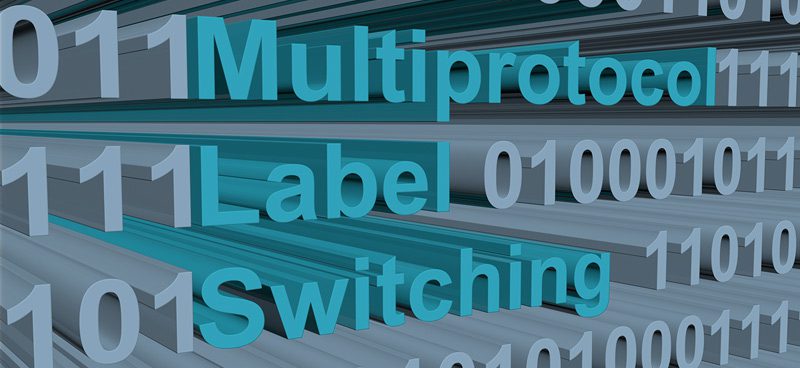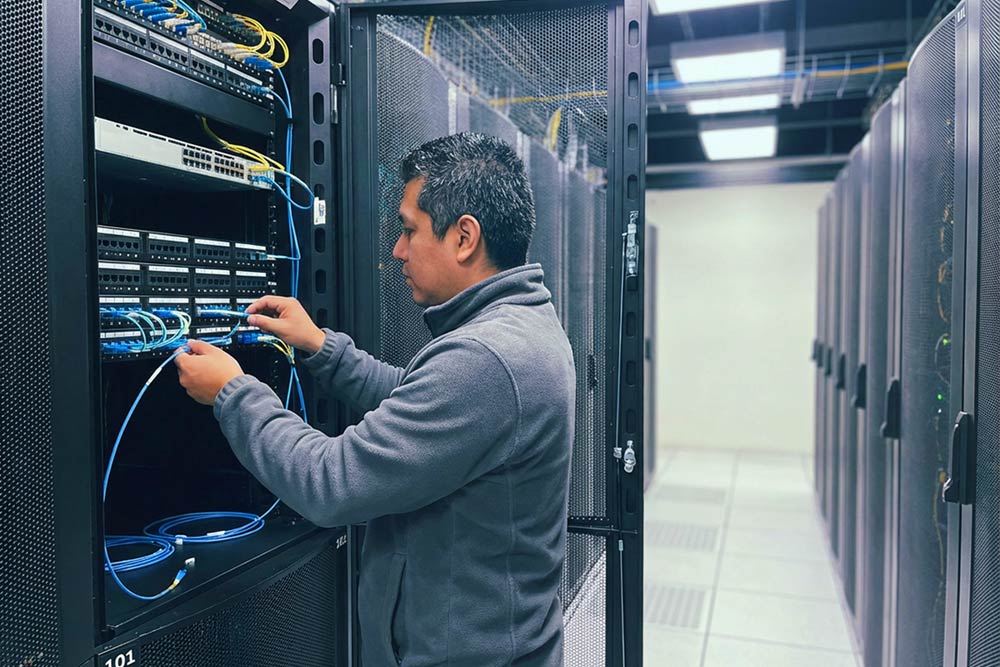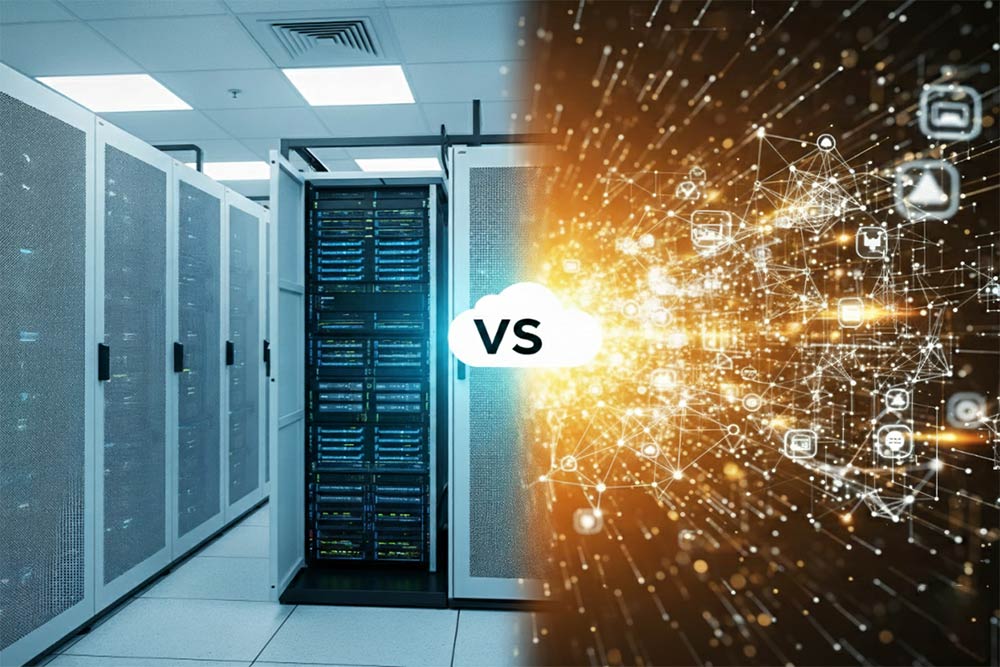Connectivity is based on speed and traffic flow. Maximizing network connectivity starts with maximizing speed and traffic flow to meet the demands of your company and your server.
What Is Multiprotocol Label Switching (MPLS)?
At the most basic level, multiprotocol label switching is a protocol for speeding up and shaping network traffic flow. MPLS allows most packets of data to be forwarded through the switching level (level 2) rather than the routing level (level 3). Each of these packets is labeled by the Ingress router, and these labels are what will determine the path of the packet. The beauty of multiprotocol label switching is the fact that it allows businesses to determine which path within a public or private server will most effectively deliver the data before sending the packet for routing. Service providers are able to use MPLS to improve the quality of service by defining routes that will most effectively meet the requirements for latency and downtime that are outlined in the Service Level Agreement. Another advantage to using MPLS is the ability to create Virtual Private Networks.
Understanding Virtual Private Networks
More and more businesses are utilizing VPNs (Virtual Private Networks) as a means of adding security to an existing network. A Virtual Private Network is a technology that creates an encrypted connection over a pre-existing, less secure network. VPNs ensure the optimal level of security for businesses where it is either not feasible or too costly to have an entirely private network server. The two main types of virtual private networks are remote VPNs and site-to-site VPNs. In a remote access VPN, the client is able to access the organization’s network from a remote device by sending a request, having their identification validated, and utilizing a specified network link to the needed applications. In site-to-site VPN setups, a gateway device is used to connect the entire network of one location with the network of another location. Generally speaking, this is used for small branches to connect with their data centers. Regardless of the type of VPN, the system offers increased security without additional costs to the client.
Connectivity Advantages of Using MPLS with A VPN
More and more companies are moving over to the VPN model of service as a result of a number of factors. Below we will review the top advantages of using MPLS to increase connectivity efficiency in a virtual private network.
- Easier Any-To-Any Connectivity. Many voice and video applications utilize what is referred to as an any-to-any connection. MLPS improves the traffic flow in these connections by allowing for the interconnection of multiple sites.
- Outsourcing Routing Needs. In an MPLS setup, the provider handles the routing of your network. This eliminates the burden of routing control on your company and makes MPLS operationally simpler than more traditionally routed networks. The removal of the routing burden on a company’s network often lessens the strains and improves connectivity.
- Quality of Support Specification Is Built In. With MPLS, companies can customize service level agreements to outline the specific supports they need. These include latency and packet loss minimums for each type of data. This allows the MPLS system to predetermine which packets take priority and to deliver those first – thereby improving connectivity.
Locating an MPLS Provider in Your Area
Companies looking to use multiprotocol label switching to improve the connectivity of the virtual private network can call Volico at 888-865-4261 today to speak with an IT professional. Our team will walk you through the benefits of MPLS for your company, assess your needs, and offer you a number of hosting options that will best serve your business. Call today to speak with a customer service representative.









